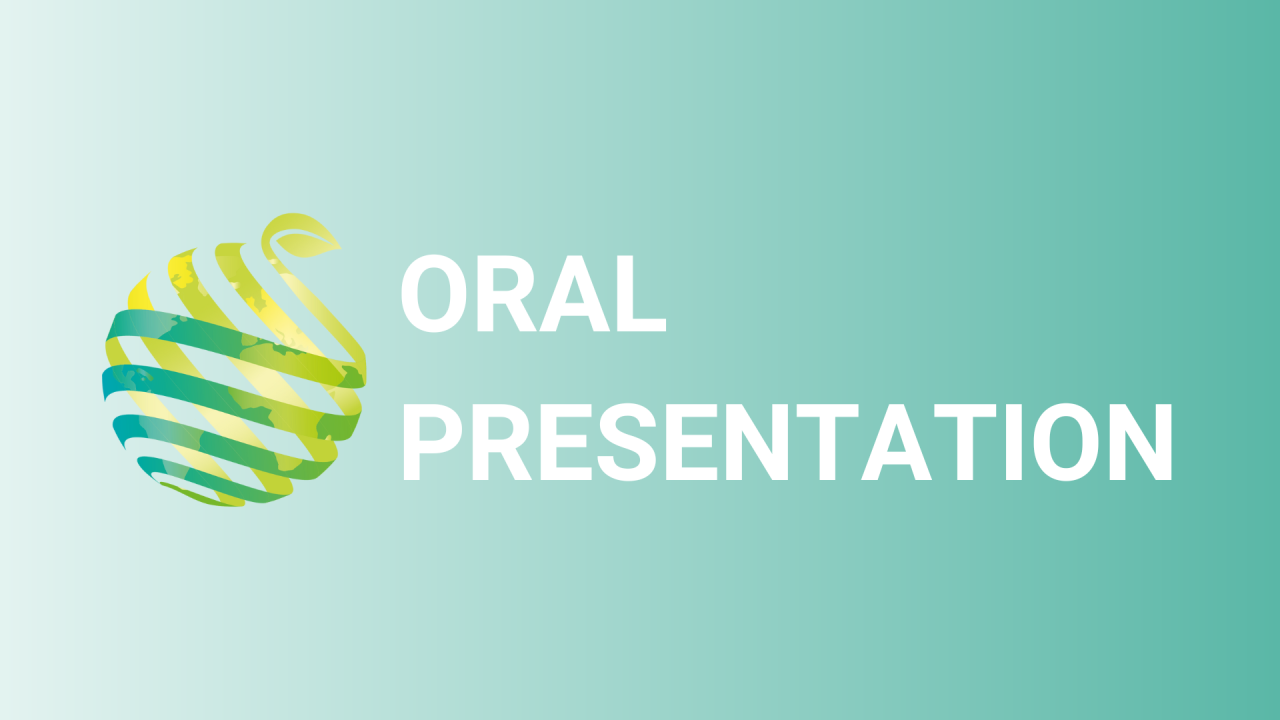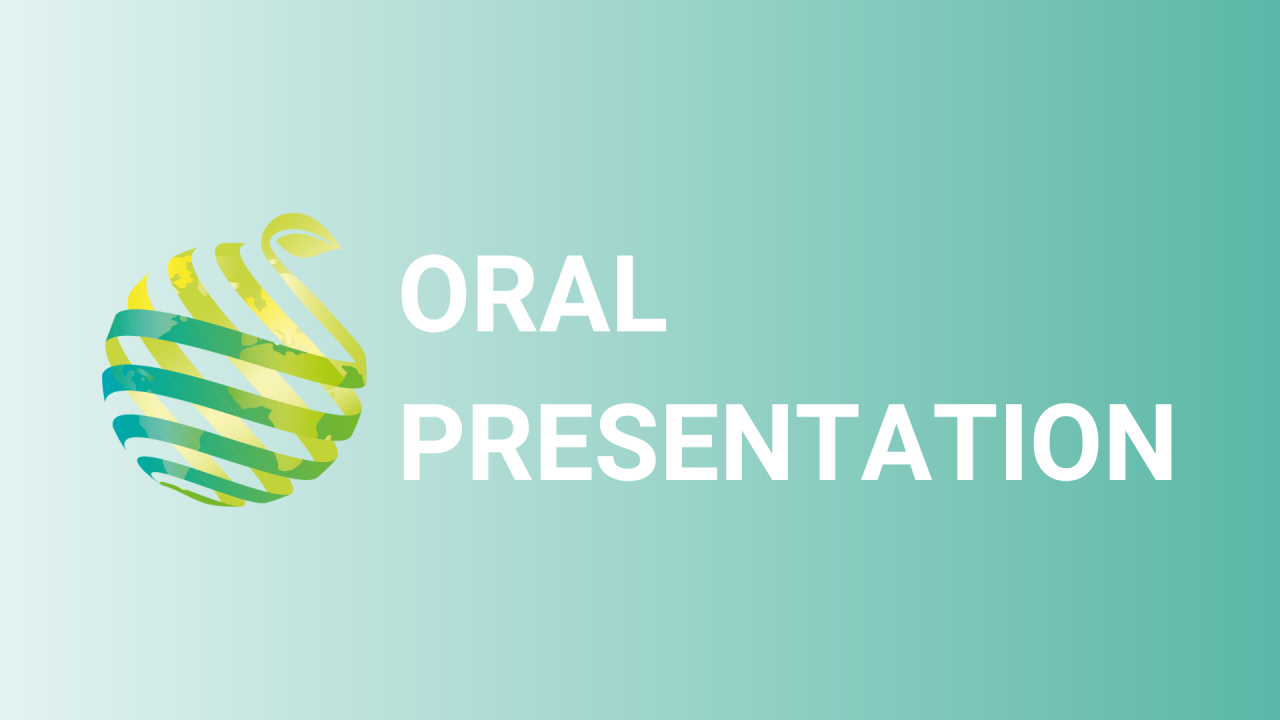

S16 - Session O1 - Plant growth regulators to increase fruit set on two different ´Williams´ pear orchards in Uruguay: with and without pollinizer
Information
Authors: Bruno Carra *, Pablo B. Rodríguez , Danilo Cabrera, Marcelo Falero, Maximiliano Dini, Poliana Francescatto
Pear production in Uruguay covers 628 hectares being 'Williams' the most planted cultivar. Orchards in Uruguay are managed without the use of pollinating cultivars (parthenocarpy). Pear production in recent years has not been stable, there are many factors that could be influencing, including climatic conditions, low fruit set, among others. The aim of this study was to evaluate the use of plant growth regulators to increase fruit set in ´Williams´ pears in orchards with and without pollinators. The study was performed during the 2020/2021 and 2021/2022 growing seasons using two different ´Williams´ pears orchards, the first one five-year-old orchard grafted on ´Adams´ with ´Packham´s Triumph´ as pollinizer, and the second one, a four-year-old orchard grafted on ´OH×F40´ without pollinizer. Treatments consisted of an untreated control, and different aminoethoxyvinylglycine (AVG) and 6-Benzyladenine + Gibberellins 4+7 (6-BA + GA 4+7 ) rates sprayed at different timings. Productive and quality parameters were assessed. Fruit set was affected differently in the two orchards (with and without pollinizer), where in the orchard with pollinizers, both AVG and 6-BA + GA 4+7 increased fruit set and yield of ´Williams´ pears. A negative effect of 6-BA + GA 4+7 sprays compared to untreated trees and AVG treatments was the misshaped fruit, where the combination of these active ingredients showed a higher level of misshaped fruit. In the orchard without pollinizers, the best results were observed with 6-BA + GA 4+7 sprays, where AVG only showed better fruit set values than untreated control trees in one out of two seasons in the treatment with AVG at full bloom + 14 days after full bloom. Collectively, our results showed both plant growth regulators may represent an efficient tool to increase fruit set and yields of ´Williams´ pears, however, must be well managed depending the orchard.